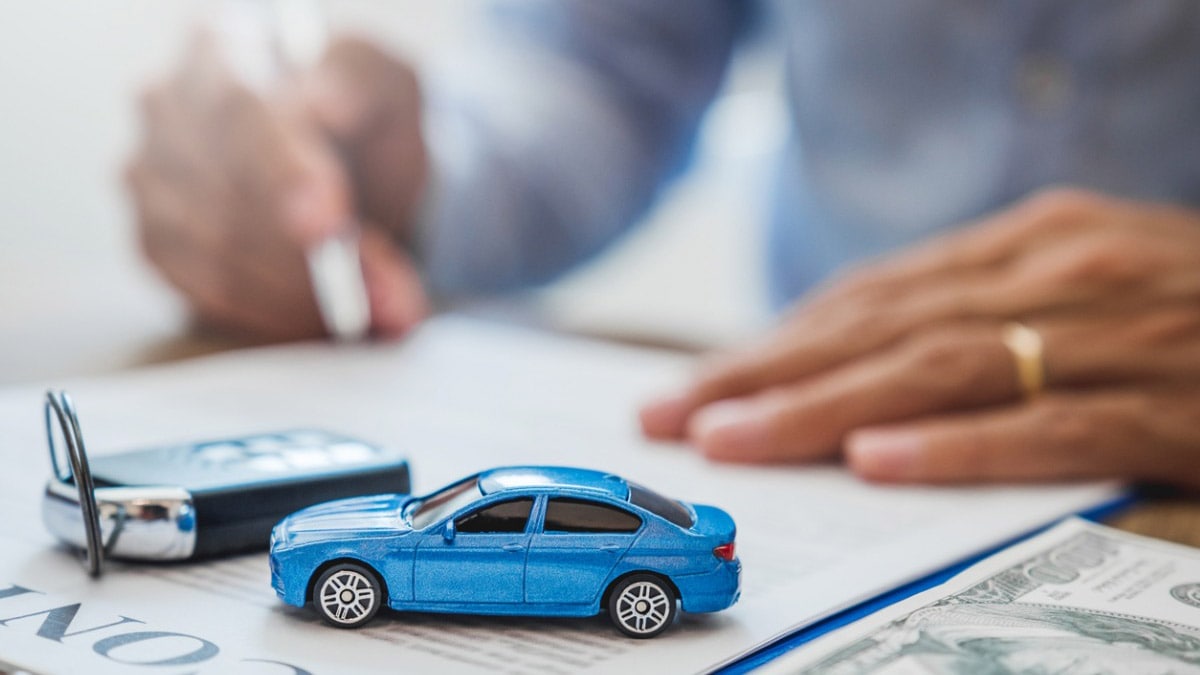The Federal Reserve declined to raise interest rates this week but signaled that rates could stay high longer than expected.
The Federal Open Market Committee of the U.S. Federal Reserve, commonly called “the Fed,” sets the interest rate for overnight loans between banks. That rate then governs the calculations banks use to make every other loan.
The Fed raised rates steadily early this year to rein in inflation – one factor contributing to cars becoming historically challenging to afford. But the Fed has kept rates paused since late July.
“The Fed has now hiked rates by 5.25% since tightening began last year to leave the Fed Funds Rate at 5.25-5.5%. That level of rate policy is more than twice the widely believed neutral rate and is the highest the policy has been since 2000,” says Cox Automotive Chief Economist Jonathan Smoke.
Cox Automotive is the parent company of Kelley Blue Book.
Loan Rates at 20-Year Highs
“Those increases are being felt in all types of consumer loans, including auto,” Smoke says. The average new car loan rate now sits at 9.58% — “the highest we’ve seen for more than 20 years.” The average used car loan rate sits higher at 13.98%.
High interest rates have contributed to automakers shifting their focus. They’re building more expensive cars for wealthier, good-credit buyers and trimming inexpensive models from their lineups because the Americans who would otherwise buy those cars are priced out of the loan market.
Fed Signals a Long Wait
While the Fed made no move this week, it hinted that it might keep rates high longer than most analysts had expected. The Fed released charts suggesting “rates will remain at this level for longer than initially telegraphed,” Smoke says.
Chairman of the Board of Governors of the Federal Reserve System Jerome Powell told reporters, “We want to see convincing evidence really that we have reached the appropriate level, and we’re seeing progress, and we welcome that. But, you know, we need to see more progress before we’ll be willing to reach that conclusion.”
The Fed’s charts, Smoke says, show that rates could reach 3.875% at the end of 2025 – “higher than any policy level since 2007.”
Cars have grown easier to afford in recent months. But, Smoke warns, “the progress made this summer on affordability could reverse course.” A lengthy autoworker strike, which could restrict the number of new cars reaching the market, could add to the effect.








